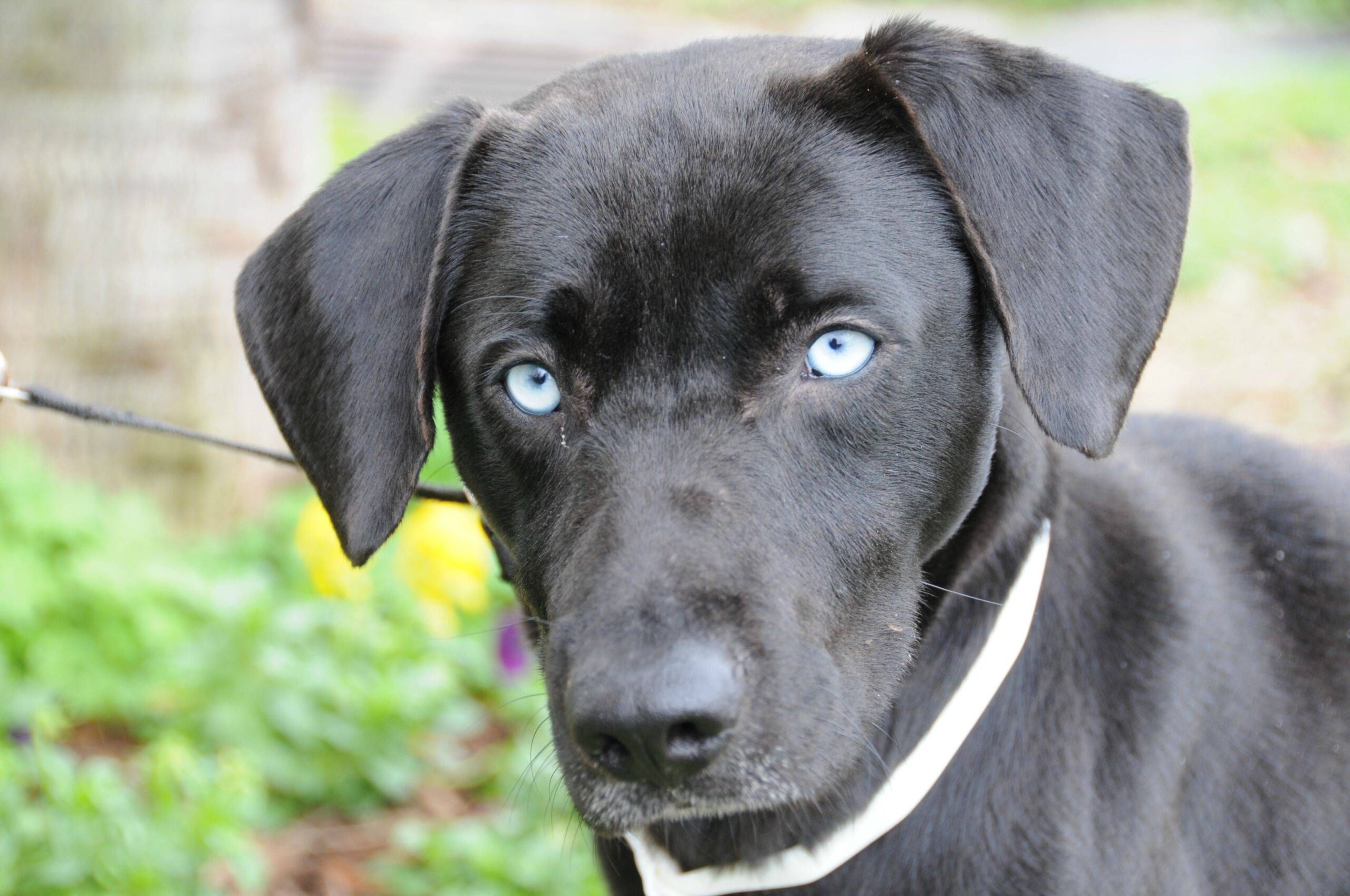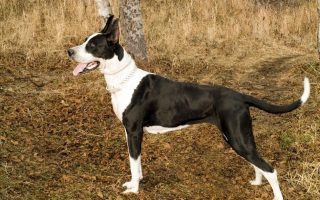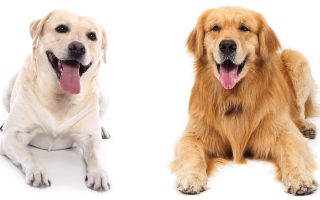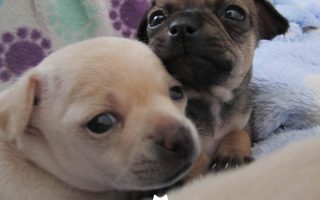It’s easy to forget that the eye is an organ that works hard to keep us safe and healthy. It constantly adjusts the amount of light it lets in, sending information about Lab Eyes contrast, movement, and color to the brain so we can see clearly at all times, even in the dark or when moving quickly from one light source to another. It also moves muscles on its outer wall to focus our vision on nearby objects or faraway ones, depending on what we want to look at.
What Color Of Eyes Do Labs Have?
Typically, a Lab Eyes color is dark brown. However, there have been cases of blue and other colors such as amber or green not being uncommon. Puppies do show some variation in eye color even when they are born to two brown-eyed parents. The color may change slightly as the puppy grows into an adult dog. The exception is heterochromia, a condition in which a dog has different-colored eyes that trait is determined by multiple genes. It can be difficult to tell what color a mixed-breed dog’s eyes will be until it is several months old.
While most Labs have dark brown eyes, they can also have other colors such as blue, or even two different-colored eyes. Blue-eyed and odd-eyed two different colors Labradors occur rare. The occurrence of one or both blue eyes is due to a form of albinism, not to be confused with pink eye. Some breeders believe that chocolate Labrador Eyes occasionally have blue eyes but that those dogs are rare and not allowed to be bred. Other sources say that double merle Labradors are often born with blue or odd-colored eyes and that breeding them together increases the chance of producing them.
How Good Is A Labradors Eyesight?
Labradors Eyes have an incredible natural vision. What’s more, their eyesight continues to improve as they grow and mature. A four-month-old Lab will have 20 75 vision, which means that she can see at 20 feet what a person with normal vision can see at 75 feet. Although her depth perception isn’t as good yet, her field of vision is almost 180 degrees the best of any breed in the dog world. Some Labradors retain crystal clear vision throughout their entire lives. Others develop cataracts or progressive retinal atrophy, two common eye diseases among dogs that can cause loss of sight if not treated early and properly.
Although Labradors have an incredible natural vision, you’ll want to make sure that your puppy sees an eye specialist for a comprehensive eye exam early on in her life. Like humans, dogs can develop various eye diseases as they age. Regular eye exams help detect such problems so they can be treated early and more effectively. Although it’s important to schedule regular exams as recommended by your vet, some breeders also recommend having a dog’s eyes examined every one or two years after she’s reached her first birthday. Some Lab Eyes develop cataracts or progressive retinal atrophy, two common eye diseases among dogs that can cause loss of sight if not treated early and properly. Your veterinarian will advise you on whether these exams are necessary for your particular dog.
Why Do Labs Have Sad Eyes?
Two reasons for having sad Lab Eyes, which are fairly easy to correct. The first one is genetic in origin and a default setting if you will. Some dogs’ eye sockets don’t have quite enough extra bone to hold their eyes up high enough on their heads and they always look sad. If your Lab has that kind of face, nothing much can be done about it other than getting used to it maybe try wearing sunglasses around him! The second reason is also pretty common, particularly among older Labs with fat lids or loose lids around their eyes.
The simplest solution to sad Lab Eyes is squinting. When you know your dog is going outside and will be exposed to bright sunlight, just before you take him out, use a towel, or even if it’s hot outside, to gently wipe his eye sockets. This wipes away all of that excess skin so it doesn’t sag down in front of his eyes when he looks out. It works wonders! Keep a pair of cotton gloves by your door so you can wipe them as needed without having to run back inside for towels every time. You’ll need them several times during every walk, but it’s worth it for a happy pup and owner!







